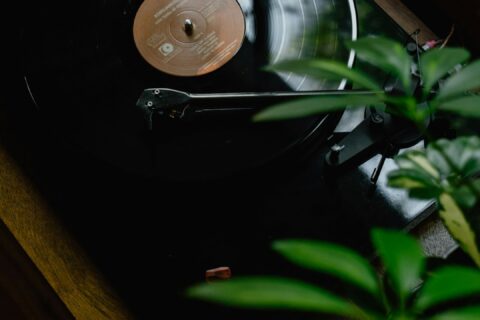The process of a lighting audit in Oregon starts with the inspection of the site and plant. All available lights are inspected to ensure the lighting levels are not too high or too low. The auditor checks if the lights are left switched on without purpose. Low light condition in areas where staff has to visit or work can affect productivity and safety. The height, location and number of light fixtures are recorded in the audit report. Light intensity metering devices are used to take detailed records of illumination levels in different areas. Both working and surrounding areas are investigated.
Audit inspectors determine if some areas will benefit from switching to task light in place of general lights. By just decreasing the height of some light fixtures, the task areas can be illuminated better. When lighting is delivered only to the targeted areas, it helps reduce the illumination and electricity requirements. Workers can view the tools, equipment, parts and workpieces clearly. It increases safety at the workplace. The auditor identifies all such areas where such improvements can be made to improve safety and productivity. The auditor offers expert opinions on possible modifications and improvements. The goal of a lighting audit is to ensure an energy efficient lighting system without affecting the workplace productivity.
Even occasional cleaning of the lamps and light fixtures helps improve illumination. The business owner should have an effective lamp cleaning and maintenance program in place. It helps improve the lighting condition without any additional investment. It is important to use lamps and fixtures that continue to provide their maximum output illumination even at the end of their life. Some types of lamps like fluorescent lamps work only at 70% of their rated illumination at the end of their life. It can reduce overall lighting levels and require more lamps. LED lamps with higher energy efficiency and longer lifespan can be installed to overcome this problem.
The illumination level of an area is affected not only by the lamps but also by the colors used on the walls, ceilings and floors. The colors, numbers and types of items kept at a place also affect the indoor illumination level. There should be proper contrast in all areas where safety is important. Some organizations take into account daylight coming indoor through the windows, skylights and glass walls. However, the daylight coming through these openings and sheets may not be illuminating all parts of a room. Proper analysis is needed to ensure effective and even lighting all across the room. Good lighting is necessary to ensure higher productivity and safety at workplaces. The lighting audit in Oregon is carried out to find flaws of the current lighting system and suggest improvements. The report helps devise better, more energy efficient and least expensive lighting strategies for the workplace.










